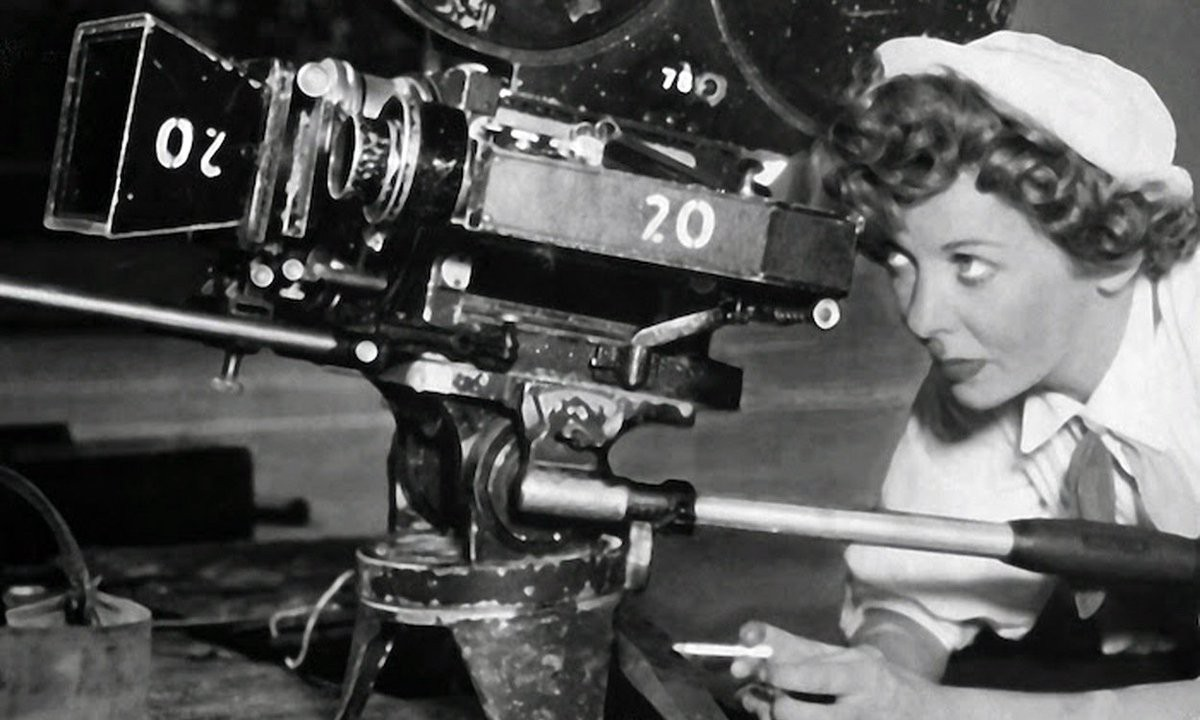The Panopticon #
Visibility is a trap. –Michel Foucault, Discipline and Punish
![]() At the same time that John Berger and Laura Mulvey were exploring the male gaze, French philosopher Michel Foucault was writing about a different, yet related, type of looking: surveillance. Researching historical penal systems led Foucault to argue that the shift from public executions to imprisonment represented a new and different relationship between people and power–especially the power of institutions. As we’ll read this week, he wrote about an architectural form, the Panopticon: a prison in which all prisoners can be surveilled at any time. The threat of constantly being seen, Foucault argued, led prisoners to discipline themselves, effectively imposing the punishment of the state upon themselves.
At the same time that John Berger and Laura Mulvey were exploring the male gaze, French philosopher Michel Foucault was writing about a different, yet related, type of looking: surveillance. Researching historical penal systems led Foucault to argue that the shift from public executions to imprisonment represented a new and different relationship between people and power–especially the power of institutions. As we’ll read this week, he wrote about an architectural form, the Panopticon: a prison in which all prisoners can be surveilled at any time. The threat of constantly being seen, Foucault argued, led prisoners to discipline themselves, effectively imposing the punishment of the state upon themselves.
After discussing this week’s reading and watching The Hitch-Hiker in class, respond to the following prompts:

- What elements of the film demonstrate what Foucault and others have called “carceral society”? Here you might think about the plot of the film, but also the settings, characters, themes, visual motifs, props, sound—even the car our main characters drive.
- Dance, Girl, Dance is a film about women; The Hitch-Hiker is a film about men. Does this change how the films illustrate and comment on the gaze?